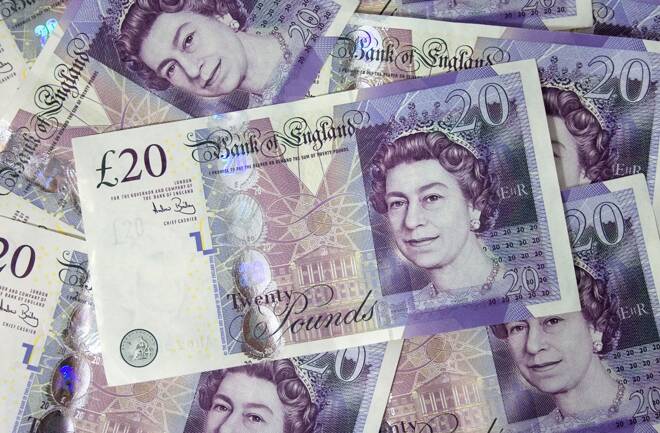Advertisement
Advertisement
British Pound Tumbles on Moody’s Downgrade; U.S. Dollar Recovers from Flight-to-Safety Sell-off
By:
December U.S. Dollar Index futures, which tracks the greenback against six major currencies, was up 0.022 or +0.02% at 91.967 on Friday. The index was
December U.S. Dollar Index futures, which tracks the greenback against six major currencies, was up 0.022 or +0.02% at 91.967 on Friday.
The index was pressured early in the session after North Korea said it might test a hydrogen bomb over the Pacific Ocean after U.S. President Donald Trump threatened to destroy the rogue nation. North Korea leader Kim Jong Un also promised to make a “mentally deranged” Trump pay dearly for his comments.
Most of the early pressure on the dollar index came from a sharp rise in the Japanese Yen. After the North Korean threat, investors pared positions in risky assets and moved their proceeds into the so-called “safe haven” Yen. The USD/JPY finished the session at 111.980, down 0.499 or -0.44%.
The EUR/USD also closed higher, but gave back most of its early gains to finish marginally higher at 1.1947, up 0.0006 or +0.05%. Traders supported the Euro because they did not see any risk in Sunday’s German elections. Most believe that Chancellor Angela Merkel would win a fourth term.
The British Pound lost ground to the U.S. Dollar on Friday after Moody’s said it downgraded the United Kingdom’s long-term issuer rating to AA2 from AA1 and changed the outlook to stable from negative. Moody’s also said it downgraded the Bank of England’s issuer and senior unsecured bond ratings to AA2 from AA1.
The GBP/USD settled at 1.3489, down 0.0092 or -0.68%.
Some of the weakness in the British Pound was fueled by British Prime Minister Theresa May after she failed to give any concrete details as to how Britain might retain preferential access to Europe’s single bottom. During a speech by May in Italy, she said Britain should stay in the trade bloc during a roughly two-year transition out of the European Union, and offered concessions on a divorce deal as she appealed for a revival of Brexit negotiations.
Gold
Geopolitical uncertainty caused by rising tensions between North Korea and the United States helped drive December Comex gold futures off of a four-week low on Friday.
Gold was driven sharply lower earlier in the week after the U.S. Federal Reserve meeting, but was able to recover a portion of the loss on Friday.
On September 20, the U.S. Fed passed on a rate hike, but announced it would start trimming its balance sheet in October. The central bank also signaled it was still on track to raise interest rates by the end of the year.
About the Author
James Hyerczykauthor
James Hyerczyk is a U.S. based seasoned technical analyst and educator with over 40 years of experience in market analysis and trading, specializing in chart patterns and price movement. He is the author of two books on technical analysis and has a background in both futures and stock markets.
Advertisement
